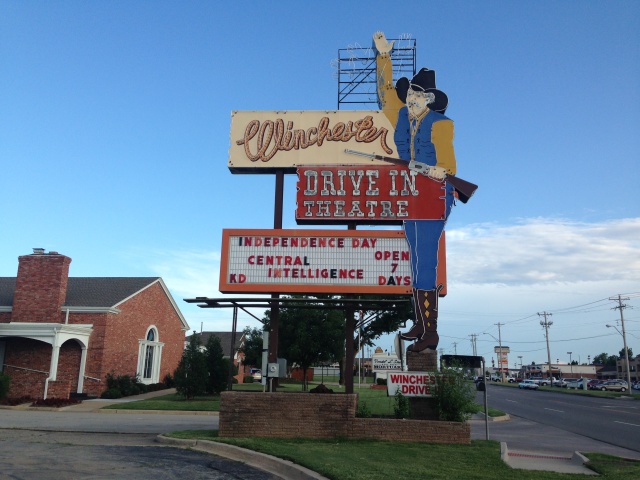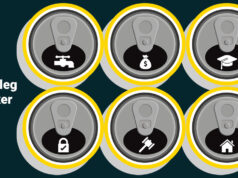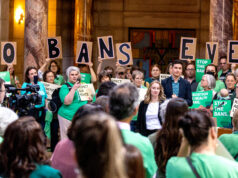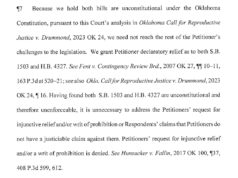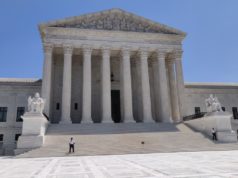
When it comes to film commentary, the world is flat. Study after study has unsurprisingly demonstrated the negligible influence of newspaper film critics, and literary analysis finds itself firmly in the territory of cultural studies, engineering meaning and interpretation outside of the constraints of industry, history and commerce.
In seeking a grounded and utilitarian way of writing about film, I thought this might be an opportunity to touch on the relationship between two things I adore: film and cities. Certainly, there are films about cities — Fritz Lang’s Metropolis and Jacques Tati’s Playtime chief among them — but film has its place in the history of cities, with the nexus being the rise and fall of the drive-in theater.
‘Profound impacts’ on film and cities
Drive-ins developed on the fringes of cities, far from the depopulating downtowns, as outskirt greenfields were available, affordable and accessible thanks to expanding roads and highways. Automobile ownership became a way of life; between 1950 and 1955, more motor vehicles were added to U.S. roads than in the 20-year span between 1925 and 1945. Thus, the ascent of the drive-in theater or, as they were first christened, the park-in.
The profound impacts of drive-in theaters remain to this day. Drive-ins opened up markets for independent distributors in the wake of the Supreme Court’s 1948 United States v. Paramount decision, dismantling industry monopoly and setting the stage for wildly more diverse output. Drive-ins shifted the film industry’s focus to the teenage demographic, a tactic that still informs studio decisions in 2016. And drive-ins unwittingly became both cause and casualty of urban sprawl.
June 6 marked the 86th anniversary of America’s first drive-in theater in Camden, N.J., but today, drive-in theaters are a rarity. Oklahoma once boasted as many as 95 during the mid-’50s heyday; now it has just seven of the 27 still operating in the U.S. Those few remain vestiges not simply of a different era but a different geography.
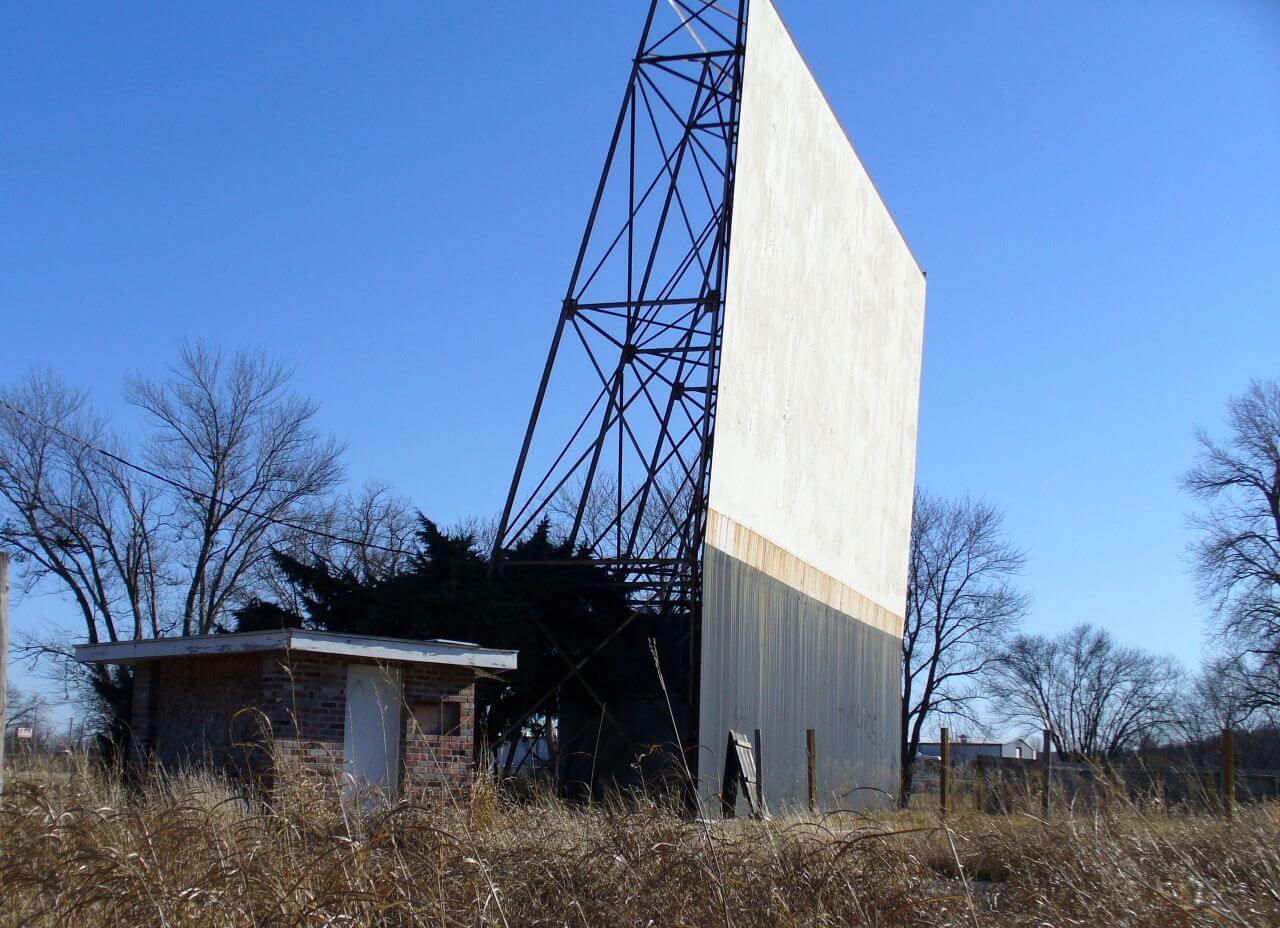
Winchester Drive-In endures changing landscape
Take Oklahoma City’s Winchester Drive-In. By the time it opened in 1968, the drive-in landscape looked markedly different: Just a decade prior, drive-ins peaked with more than 4,000 operating across the U.S. By 1968, almost 700 had been shed and the industry’s decline had begun.
OKC looked markedly different, too. Between 1961 and 1965, OKC annexed 431 square miles of land, an area slightly larger than Hong Kong. By the time the Winchester Drive-In opened, Oklahoma City had swelled to 647 square miles. Today, the city has shrunk to 621 square miles but still boasts an area greater than New York City and Los Angeles. Where once the Winchester’s location had sat near the edge of Oklahoma City, annexation set it deeper within the City’s borders, and today it seems an anachronistic novelty among the icons of suburbia: low-density neighborhoods, surface parking lots, fast-food restaurants and shopping centers.
Business models come and go with time; change is the way of all things. Think less about drive-ins as nostalgia and more a case study of what could be. Many of my generation grew up knowing only suburban multiplexes and theater chains amid mall storefronts, but those are threatened as digital streaming and torrenting disrupt public exhibition. Once rivals, film and television continue to see domestic market erosion as customers increasingly convert to cordcutters.
Treat yourself to a singular experience
What the changing media-consumption patterns as driven by digital technology mean for the future of cities is hard to say. We’ve seen a return to the style of those grandiose downtown movie houses, emphasizing design and experience, but they remain the exception rather than the rule. Truly, experience seems less a factor when content is king and instantaneous access in any realm public or private can afford a glut of choices. And let’s face it: Amazon may be opening bookstores, but it’s doubtful Netflix or Hulu will start hocking tickets to the hardtop.
What is known is that drive-ins, like so much else about our cities, were a phenomenon of the 20th century, the product of a confluence of government policy, economics, entrepreneurship and industry. They altered both what and how we watch film presuming, of course, those audiences were innocently ensconced in their cars passively watching the flickering screen. Drive-ins combined public and private spaces, coupling the solitary experience of a darkened theater with all the social energy of a junior high classroom.
Even with that sense of place we’re so often desperate to create in the shared spaces of our urban environment, drive-ins by and large met their end by the suburban sprawl they helped create. Encroaching development drove up property values, surrounded them with noise- and light-emitting buildings and generally thrust urbanity upon them before thrusting them out.
The drive-ins that have managed to endure are truly opportunities for viewers to experience that aforementioned era and geography of yesteryear. Both the Winchester and Guthrie’s Beacon are still operating, still selling tickets to first-run films and still havens in the hot, windy dusks of Oklahoma summers.
Before too much hand-wringing about the future of our drive-ins — and cities — take advantage of the opportunities they afford to experience the past via the present.
For more on Oklahoma’s drive-in theaters, check out this report from Oklahoma News Report (linked from 24 seconds into the video):








